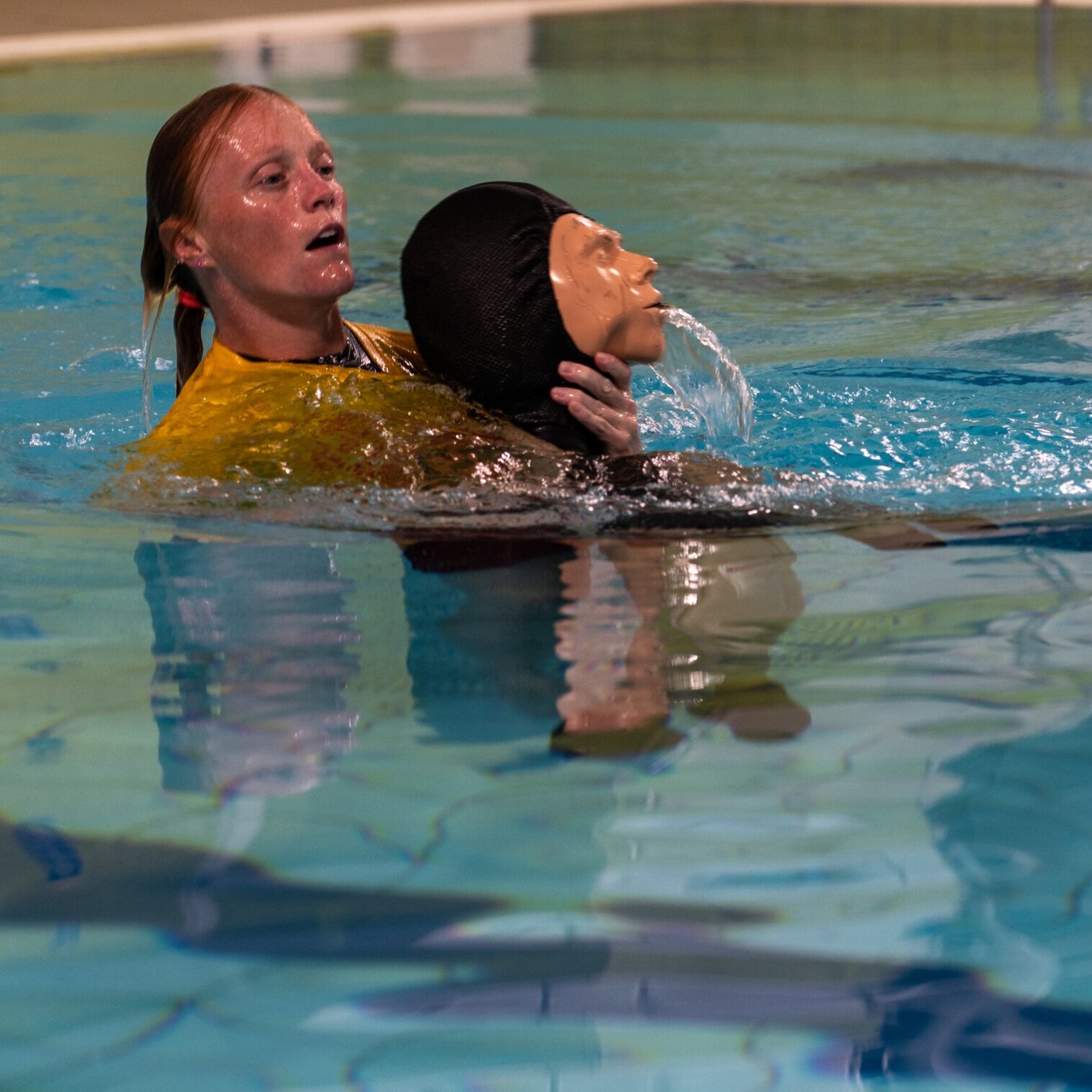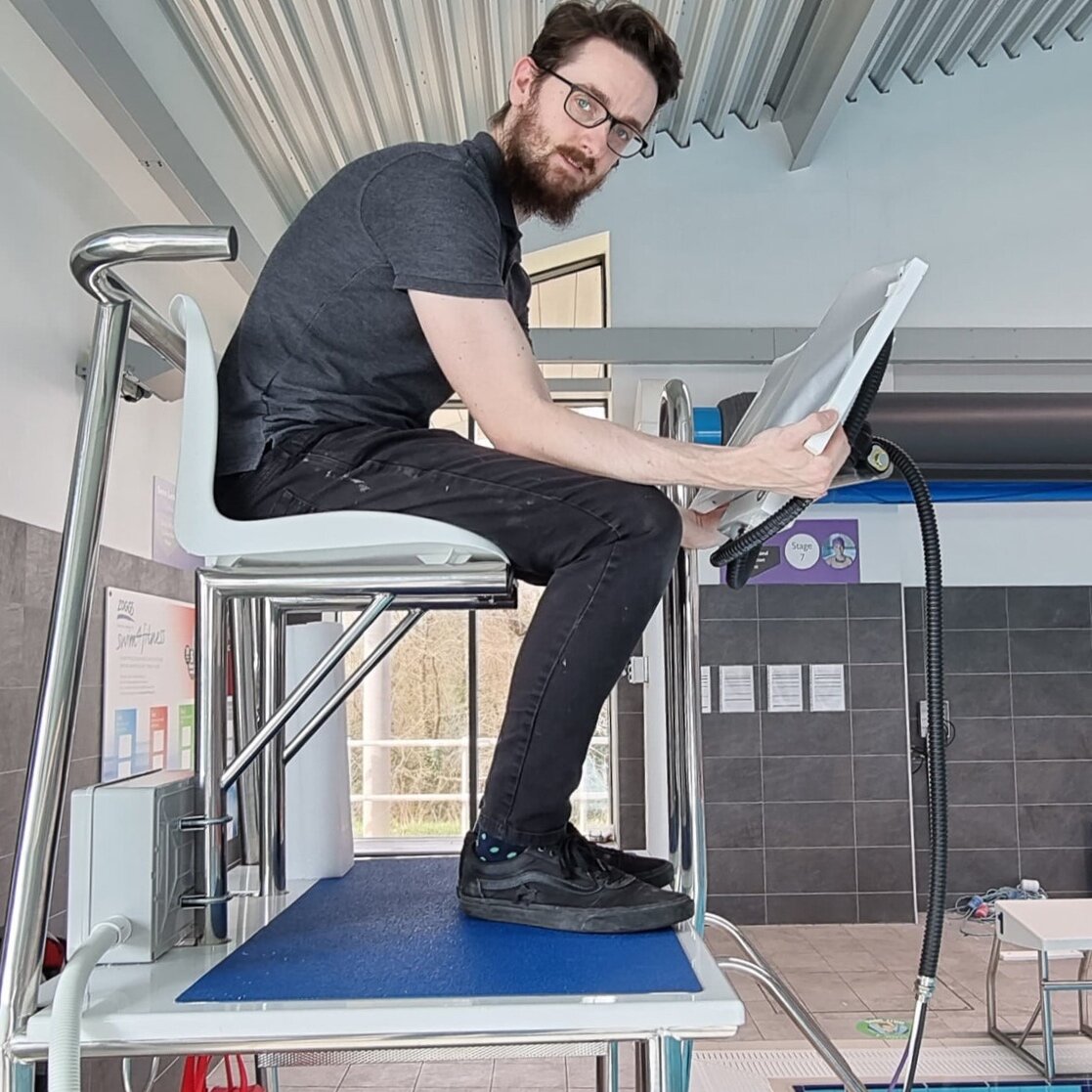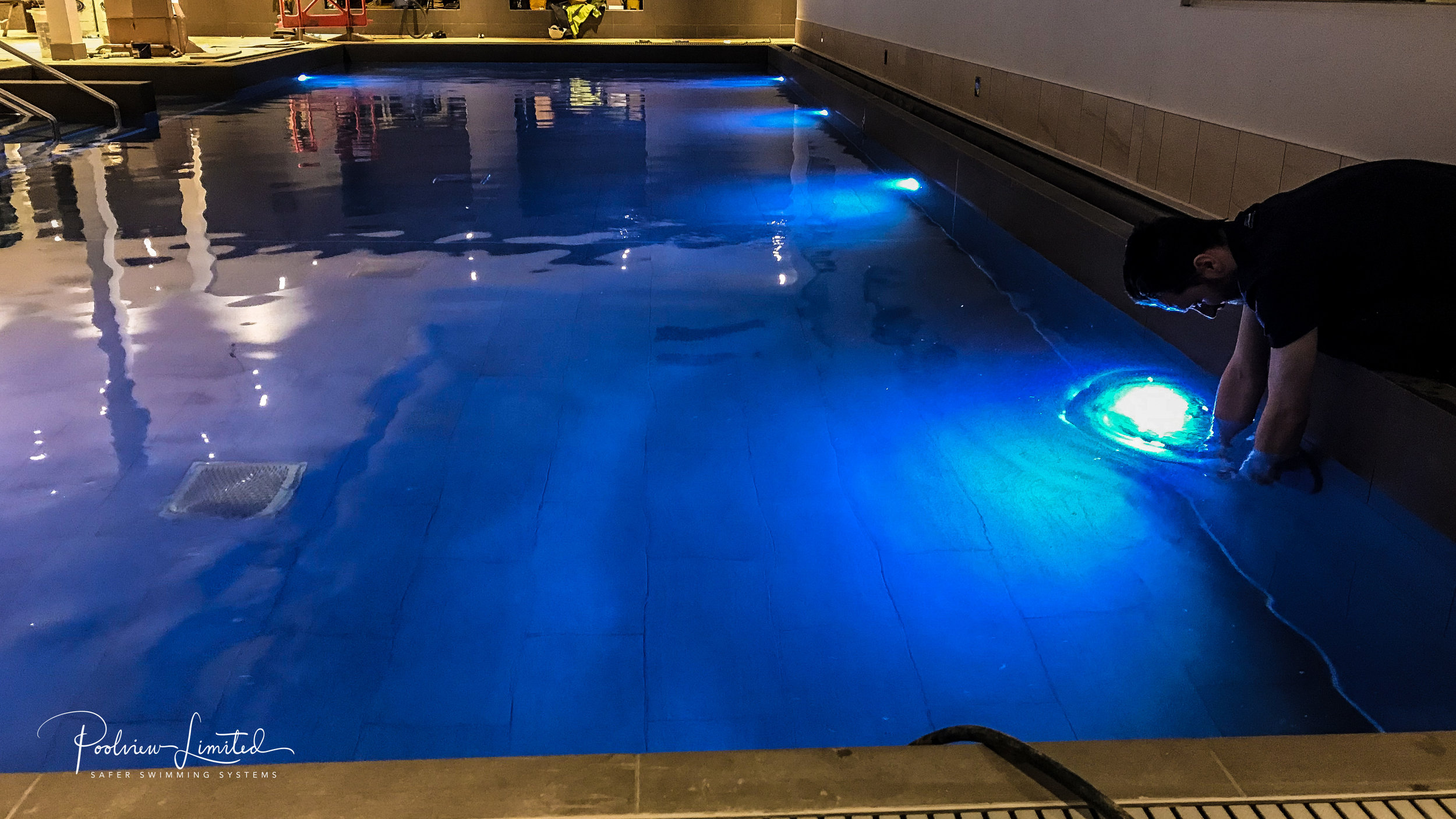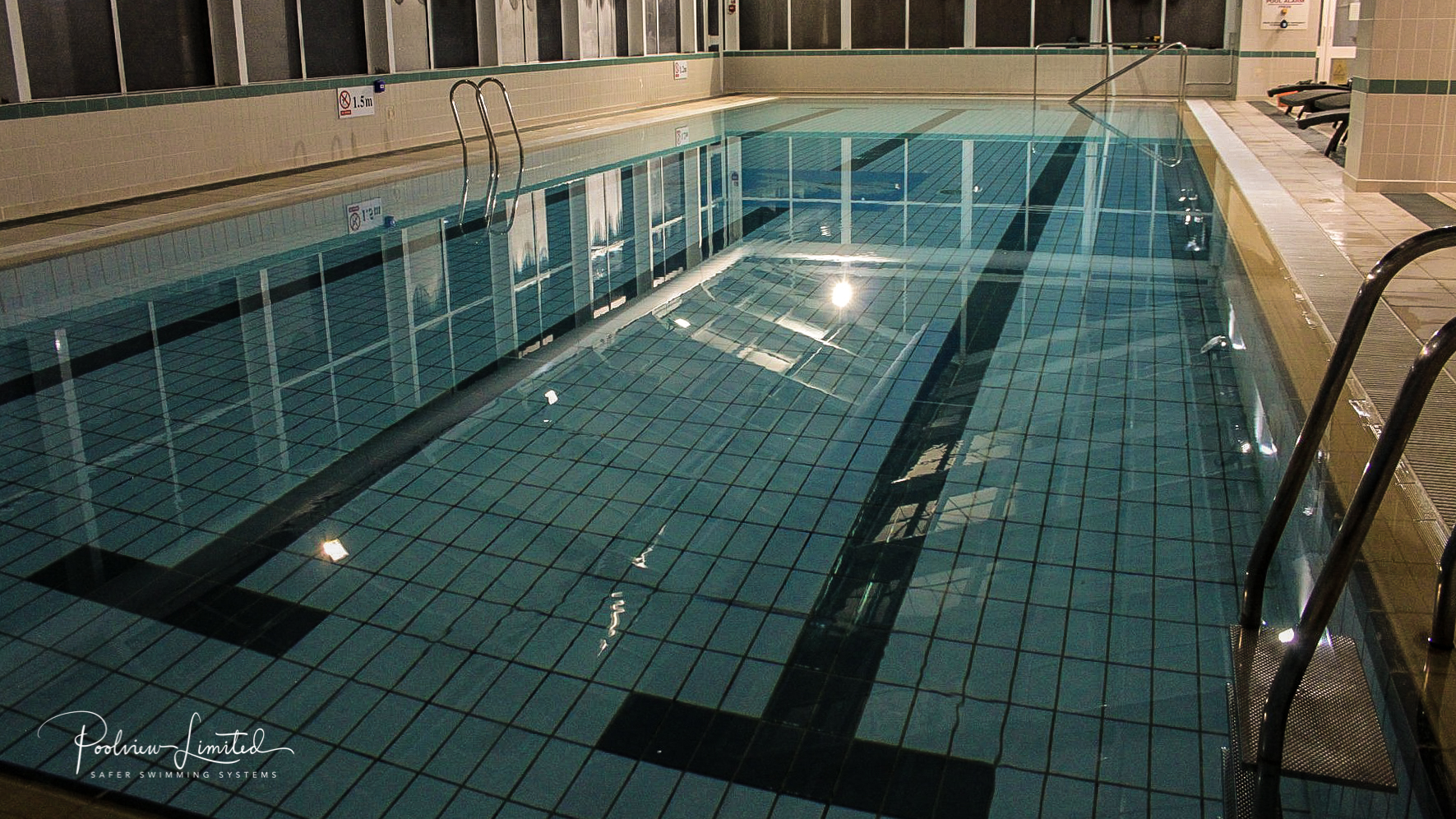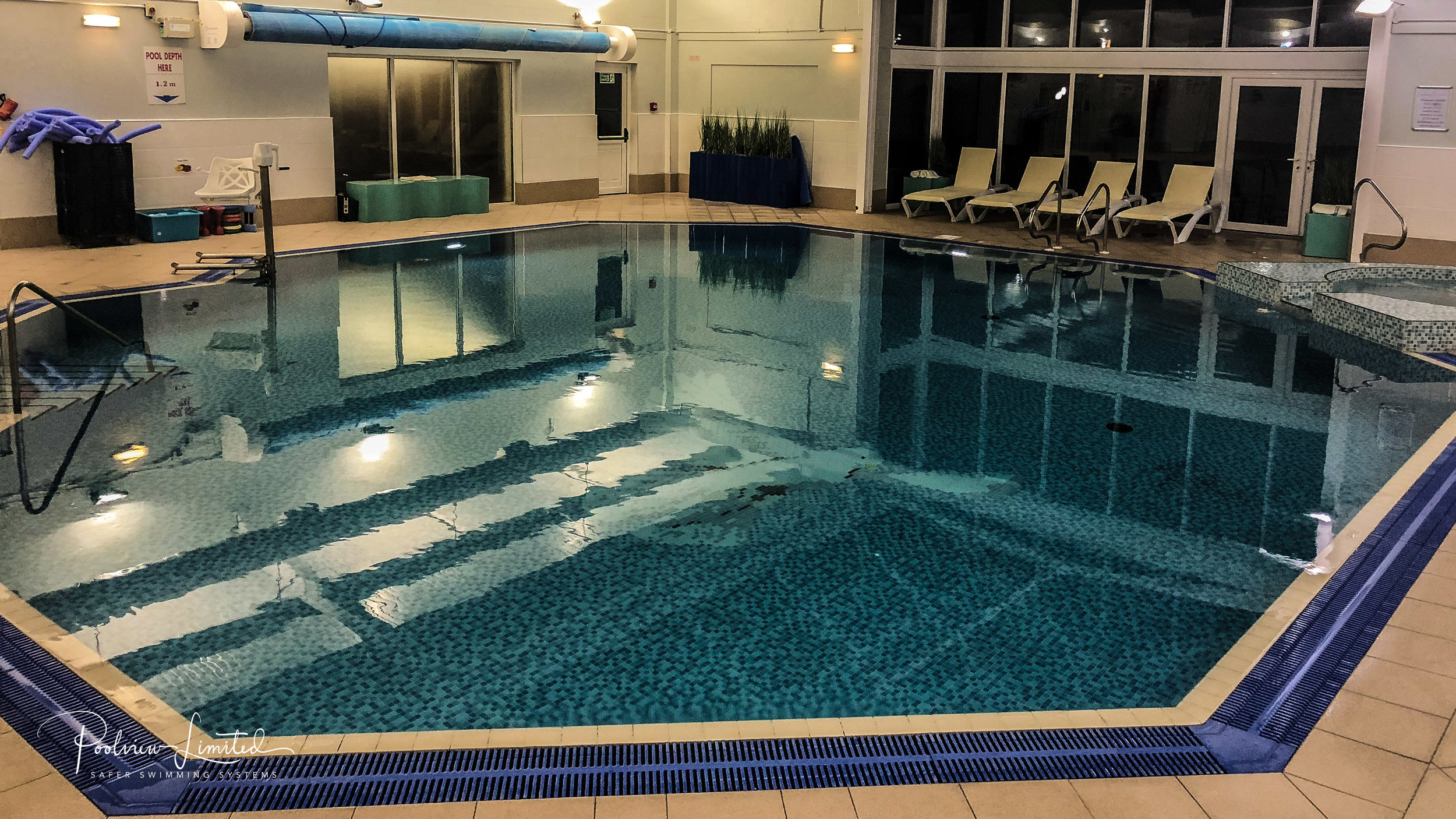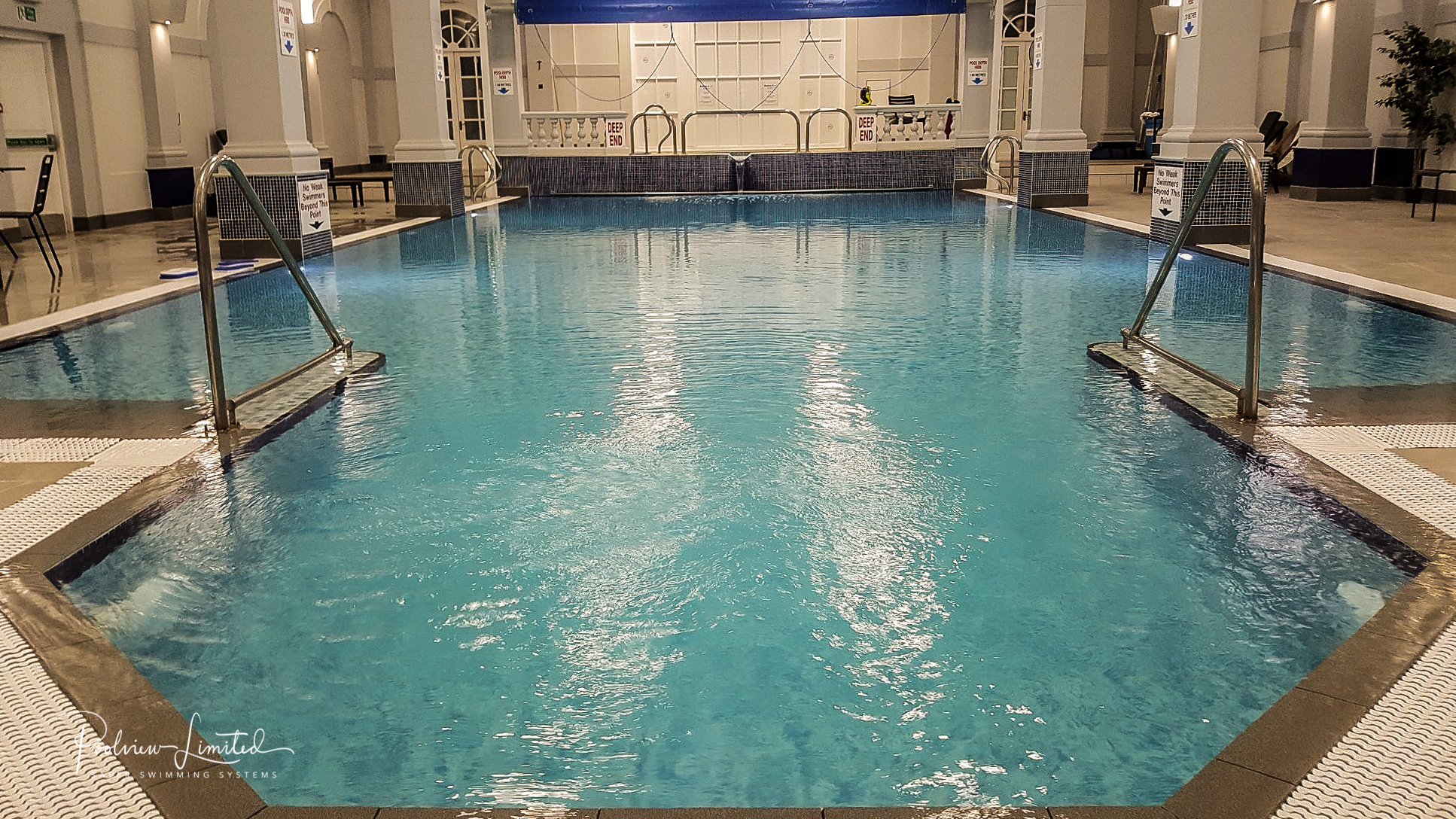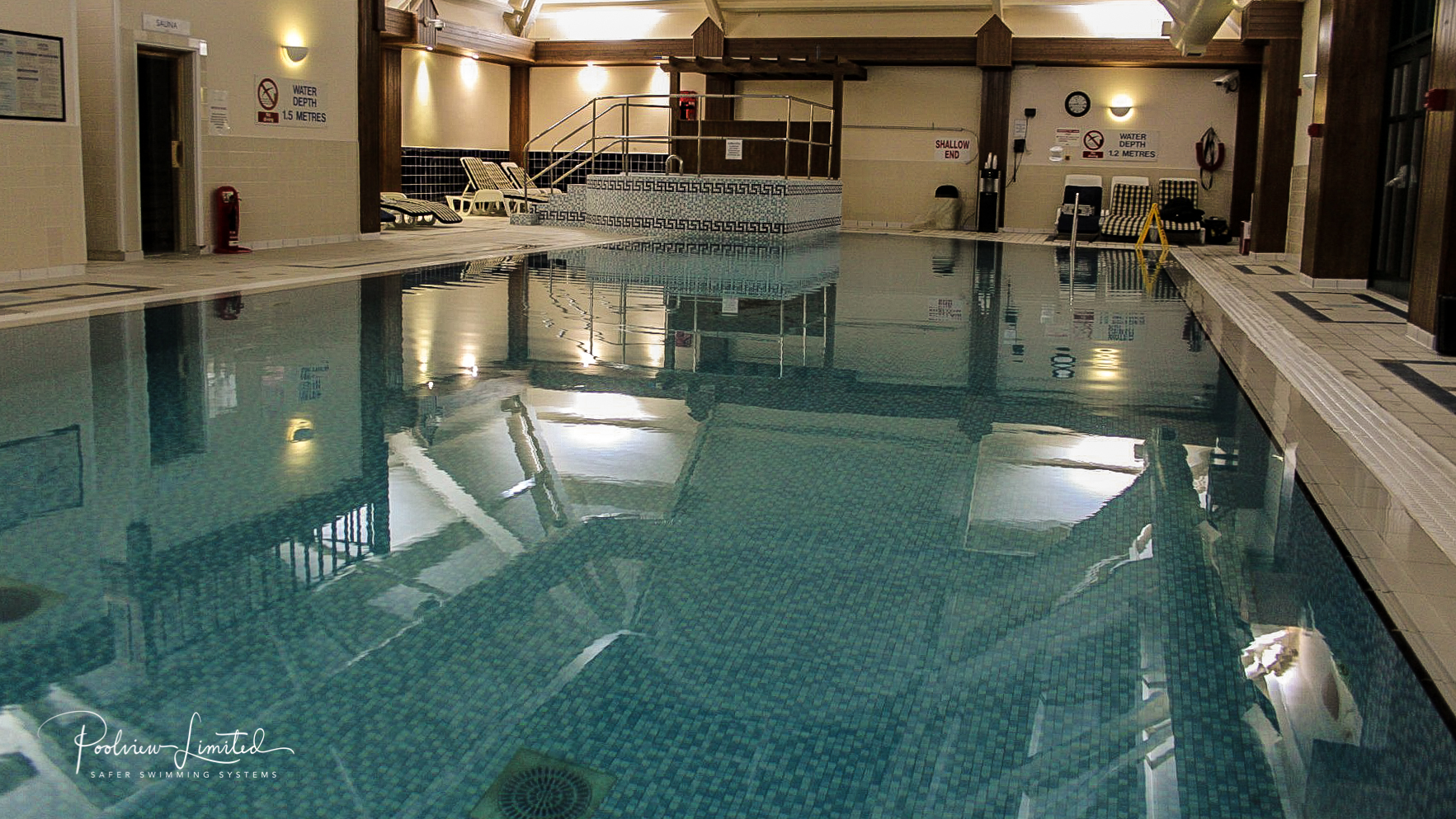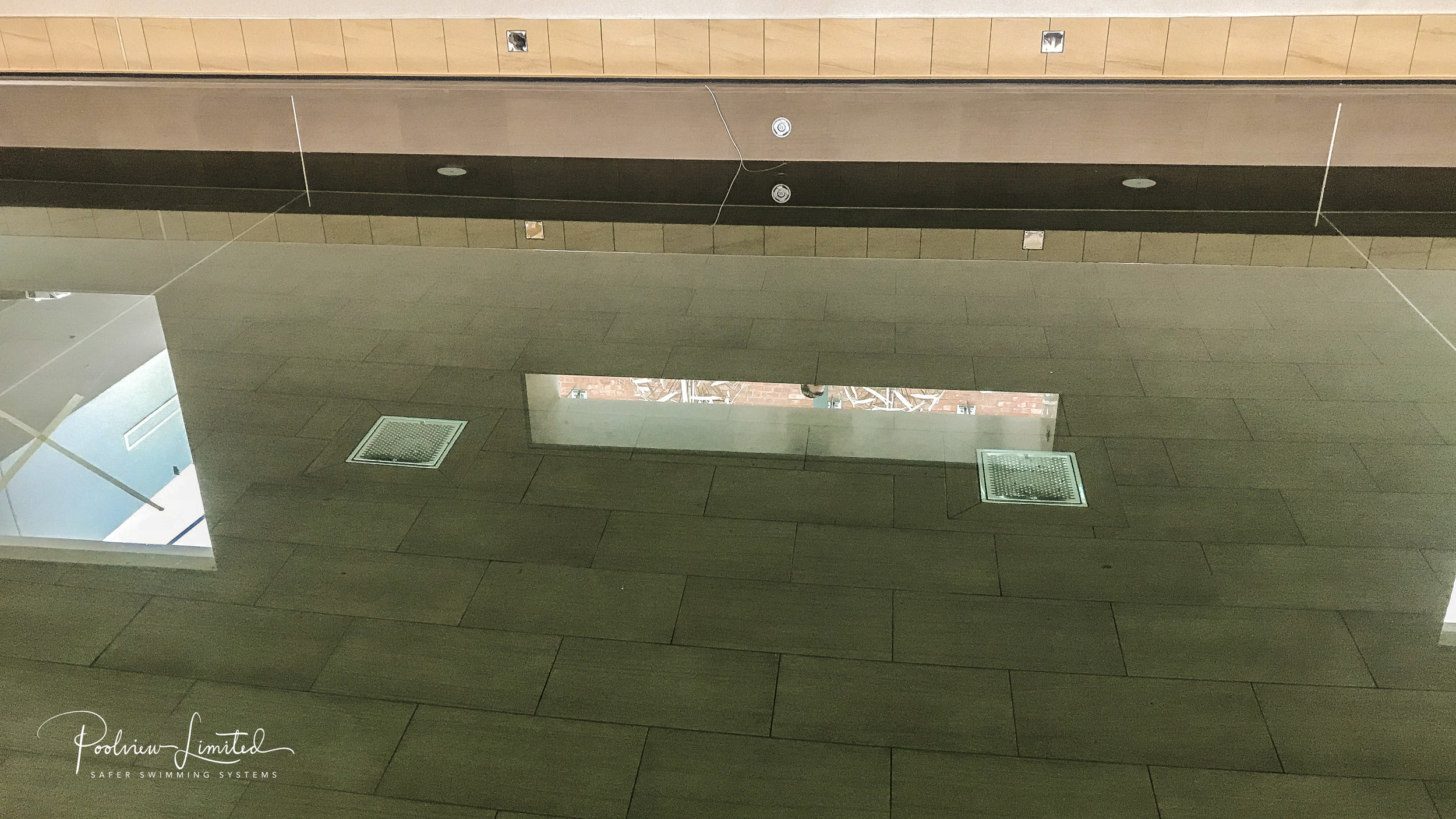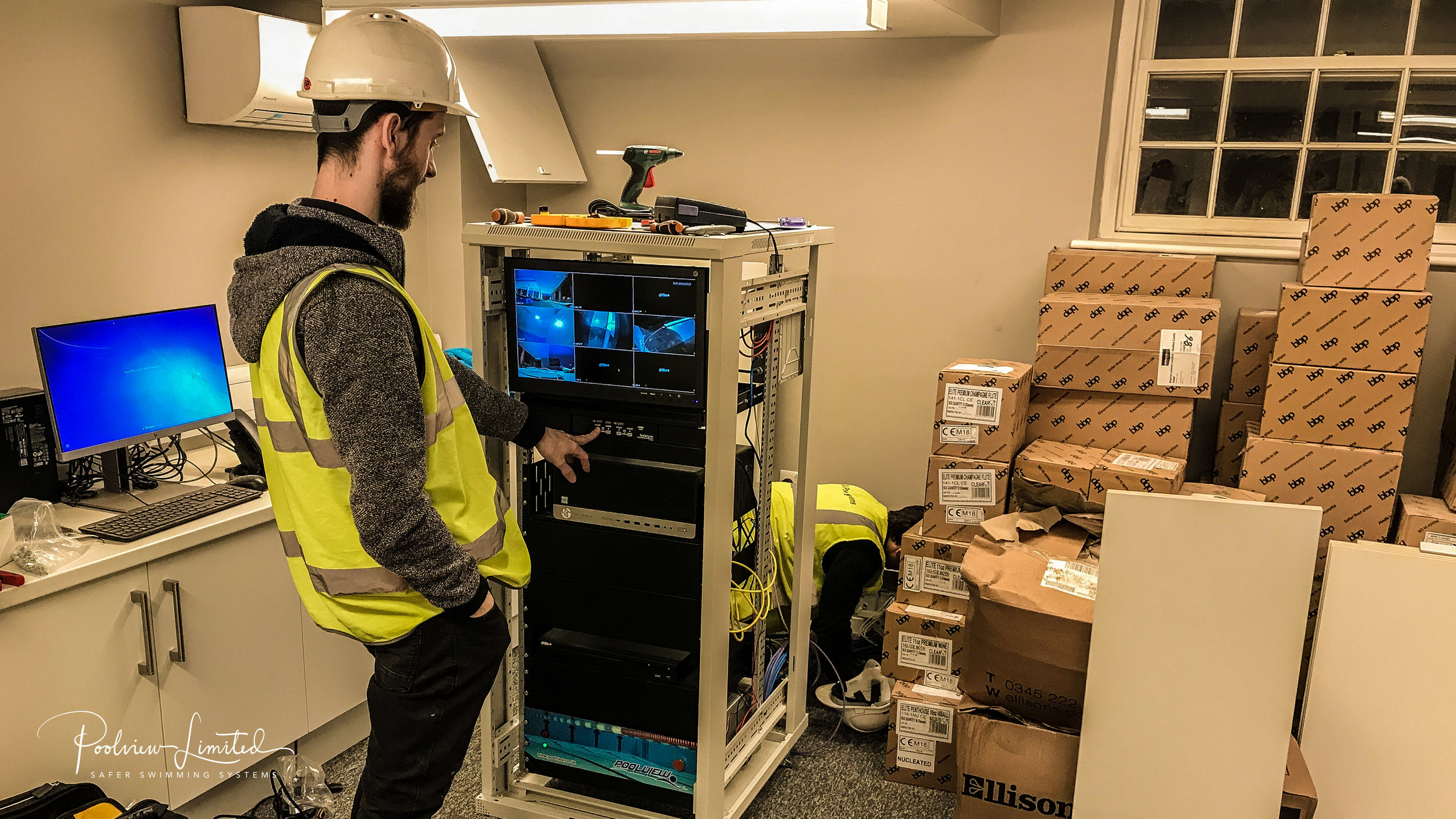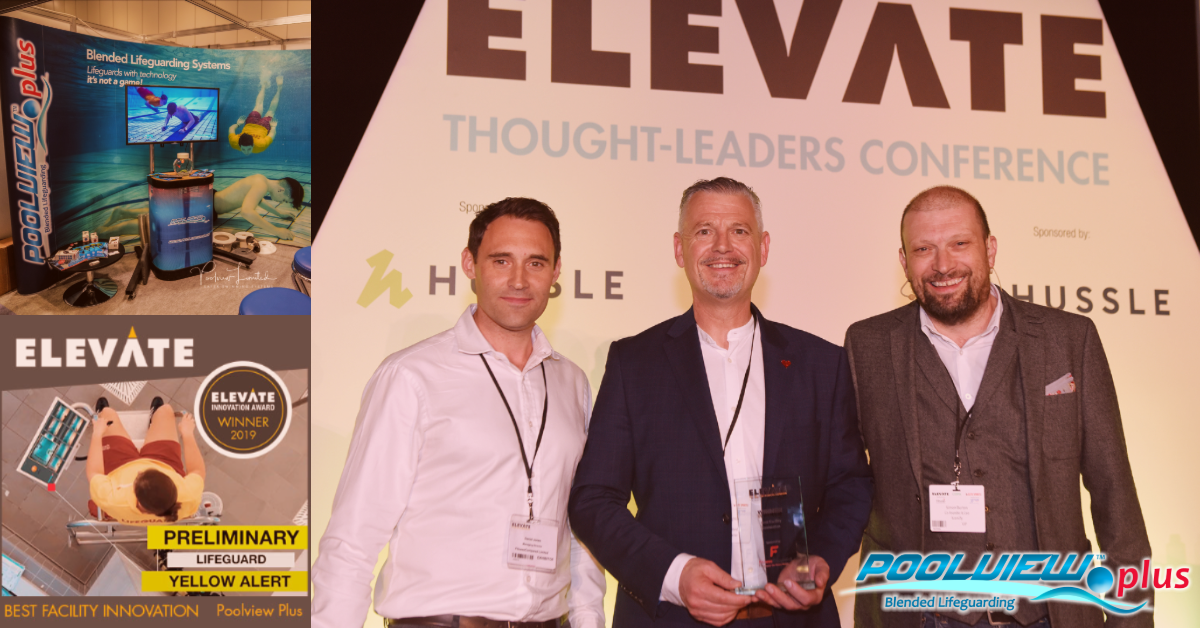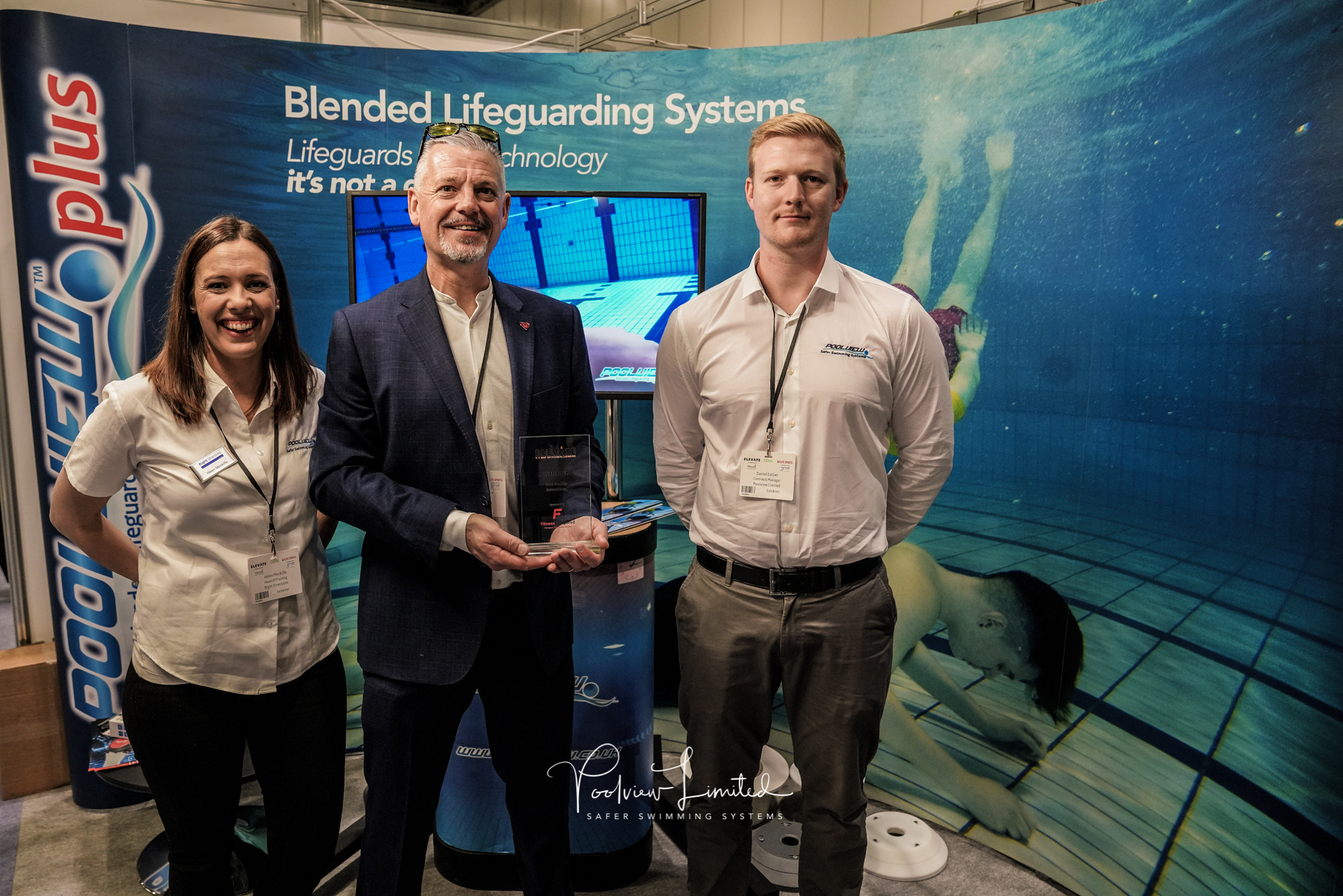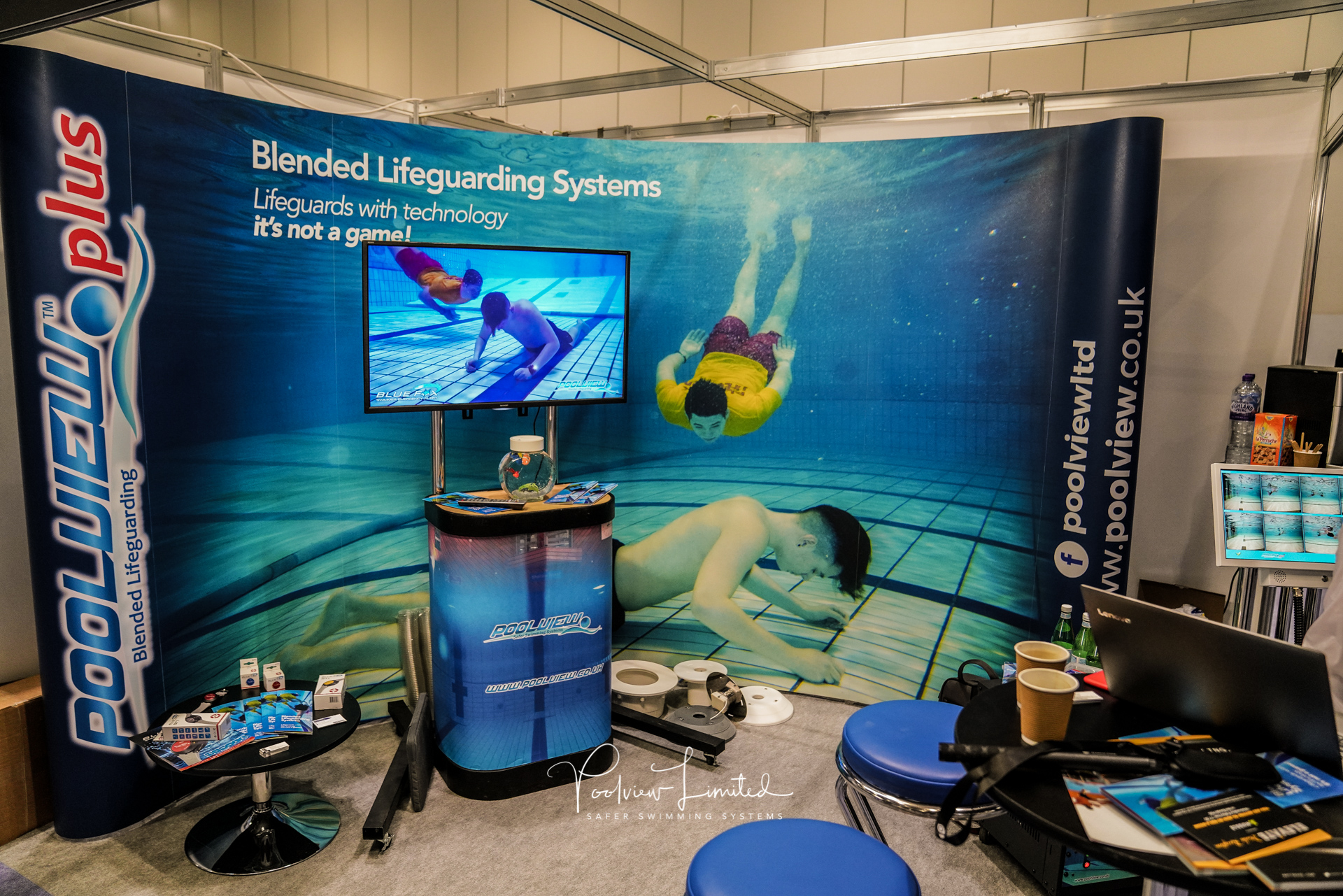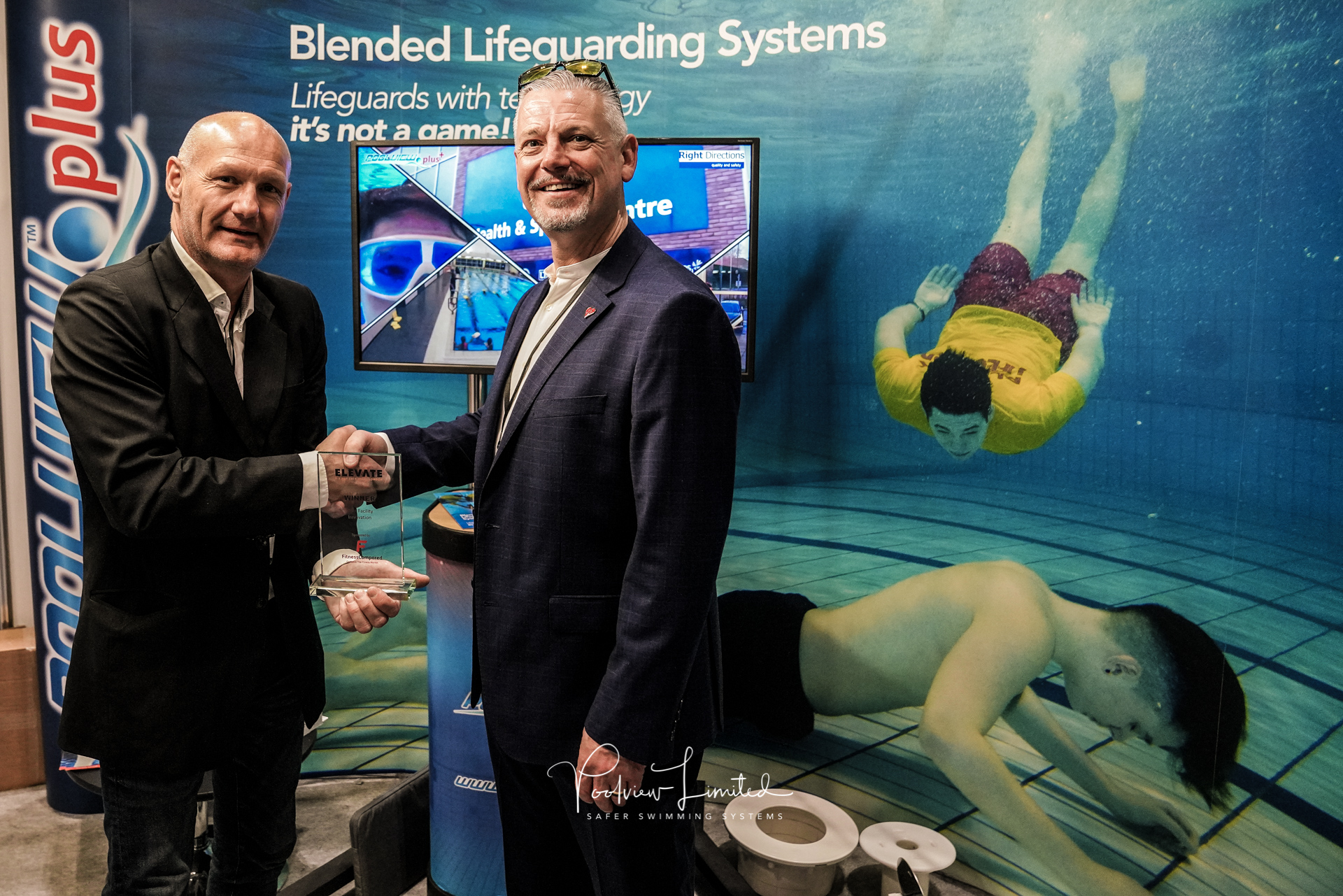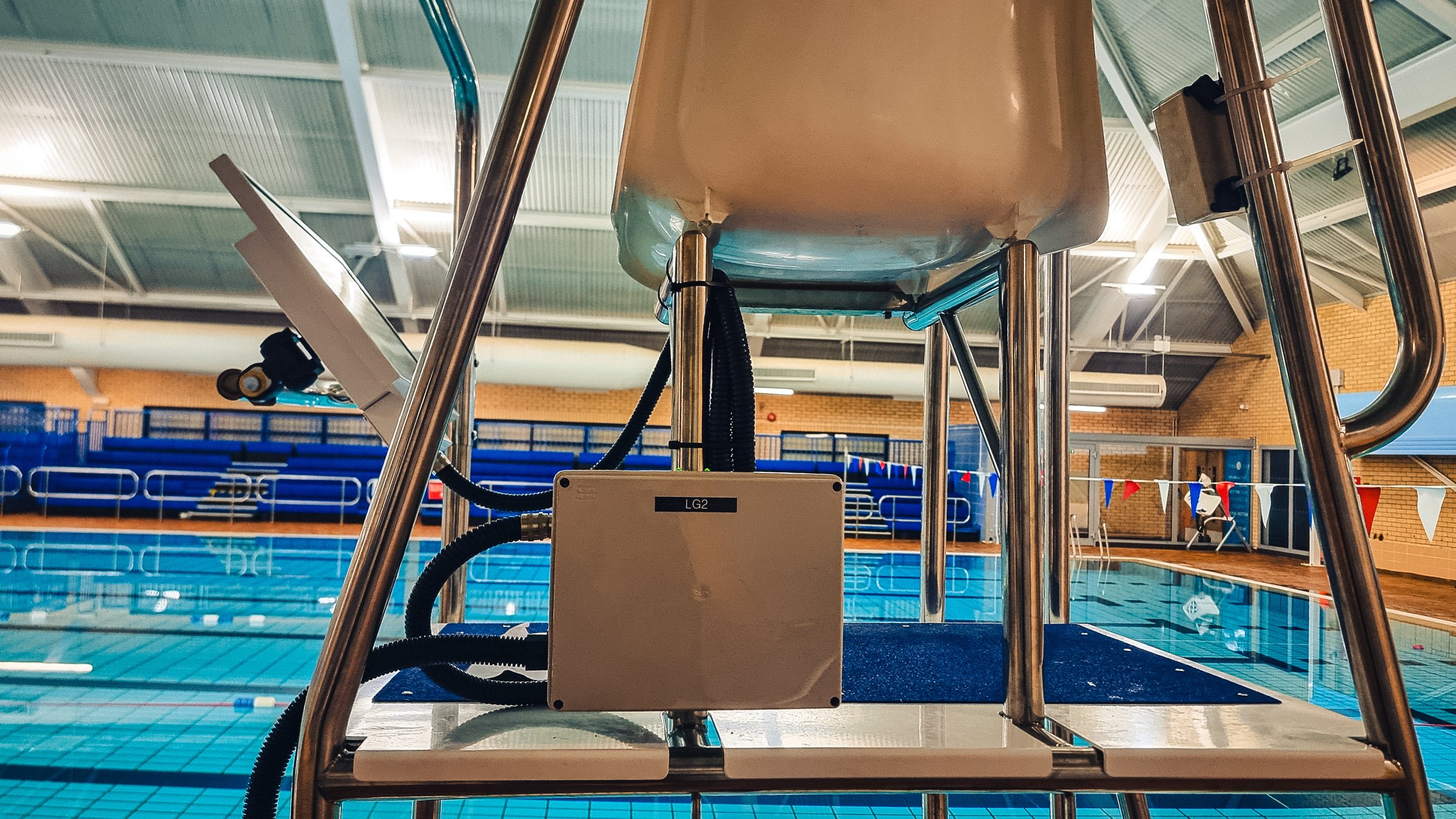In the last 4 months alone, we have been brought late onto SIX projects, where the building contractors have charged the local authorities a combined additional expense in excess of £200,000 - just to install 56 x £50 Camera niches so we can proceed!
None of this unnecessary expense goes to Poolview - it is all just for site works!
Are you in the process of planning to build a new swimming pool and/or leisure centre?
...pondering whether or not to have a 4 a 6 or even an 8 court main hall?
...how many square metres in gym?
...what about a soft play area?
...how many covers do we need for the café?
..25metre pool or 50metre?
...moving floor or not? etc. etc. etc.
All of these questions I would suggest will be considered and answers may well be dictated by budget.
BUT (and it is a big but), have you considered including provision for Drowning Detection Technology (DDT) to support your lifeguards?
Over the last 10 years when I did manage to speak directly with architects and project managers responsible for overseeing new builds, the stock answer has been "we considered drowning detection technology, but rejected it”. Just like that! End of conversation, no further debate!
Now, if I told you that in the last 6 months - SIX projects that we have been brought late into, the building contractor has charged the local council or operator a combined additional cost in excess of £200,000 to include 56 Camera niches which cost just £50 each!!
None of this unnecessary expense goes to Poolview - it is all just for site works!
The harsh reality about building a new swimming pool and leisure centre is that it's a minefield, it's like putting together a “perfect meal” that everyone will enjoy, pleasing some of the people all of the time, it's a difficult job I know, I have built and managed a few in my time!
You might not believe this, I didn’t write this article to sell or promote any Poolview products, but rather to address part of the Drowning Detection Technology dilemma.
Drowning Detection Technology, is not going away. It will become part of a swimming pools DNA as readily as a seat belt did in a car!
Detection Systems have become part of the facilities Building Management System. They not only help to increase swimmer safety but further provide the ability to operate swimming pools with a “Blended Lifeguarding” methodology and increase efficiencies hugely - often with substantial long term savings on running costs!
Whether or not you believe in DDT “today” - what about next year or in three years time?
Plan your DDT containment BEFORE it gets to this stage!
It makes good business sense to at the very least make provision for the future? It really is such a minuscule part of a new build project to include “containment within the pool” for another day.
So, if you are involved in a new build project, please, please, please, contact us for a set of free no obligation camera position drawings - it might just save someone, somewhere, sometime in the future, one less big headache and unwanted expense!
Thanks to a few individuals with vision, we have 'popped' a few cameras in to a 2012 build without any fuss or threat on the pool tank warranty! Now that makes sense!
Robin McGloughlin






